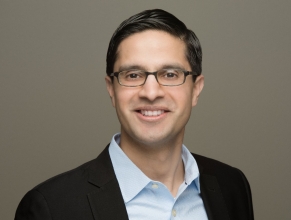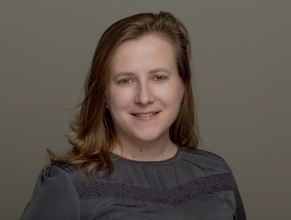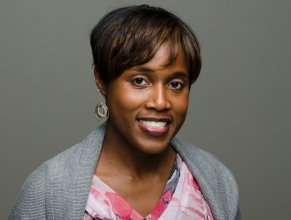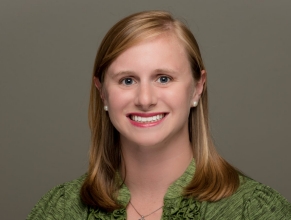By Julie Seward, TFN Inside Policy
TFN recently launched the second installment of Inside Policy, a series of webinars, blog posts and other learning opportunities that allow funders to explore emerging policy trends and their potential impacts on people and communities – as well as the important role philanthropy can play in effectively advocating for and responding to policy changes.
In a time of turbulent politics, the Robert Wood Johnson Foundation (RWJF) routinely succeeds in supporting non-partisan policy action through its grantees and partners. The Funders’ Network (TFN) recently sat down with members of the RWJF team about the Foundation’s policy work at the national, state and local levels.
Why does RWJF choose to work in the policy arena?
Policy has been part of RWJF’s work since our founding in 1972. If we want to deliver on our mission to improve the health and well-being of everyone living in America, informing policy through research, technical assistance, and advocacy is essential. Policy change reaches a large number of people, is long-lasting, changes norms, and can address structural barriers to equity. Over the years we’ve developed strategies to advance targeted policies, while also raising awareness about how social, economic, and community conditions affect health. Both are important.
How do you advance your policy agenda?
Keeping an eye on the Foundation’s core priorities, RWJF pursues a variety of policy goals– for instance fighting childhood obesity, seeking clean indoor air, and supporting early care and education opportunities. To advance these goals, we then support research, strategic communications and awareness-building, community engagement and non-lobbying advocacy. We also work with grantees and partners to develop timely data and analyses to educate policy audiences about the issues that are important to improving health and well-being. RWJF is interested in both public- and private-sector policy. We have a small cross-cutting central policy unit, but our work filters through communications and our program areas and, in turn, their partners.
There are so many policy issues to tackle. How do you sift and select your resource investments?
We carefully consider policy gaps, alignment with our priorities, the strength of evidence, the likelihood for impact, and legal and reputational considerations. In addition, health equity—everyone having a fair and just opportunity to be healthy– is a fundamental principle in all of our policy and program work. There is, of course, no shortage of opportunities to inform policy, so we take a thoughtful, strategic approach to all of our decisions.
One recent spotlight has been your childhood obesity policy work in New Jersey. What is the genesis and impact of that work?
New Jersey is our headquarters so we decided to tackle childhood obesity close to home. The goal is twofold: enable localities to act on an array of interrelated childhood obesity issues and catalyze policy change via state and local governments and organizations. In many ways it is a great example of how we do our policy work.
The New Jersey YMCA State Alliance was selected as our statewide partner since its members are in most New Jersey communities and they are trusted for their work with kids. The Alliance is also a policy star. RWJF targeted five cities with childhood obesity problems and wide geographic, demographic and cultural range: Trenton, Camden, Vineland, New Brunswick and Newark. Each locality implemented a collaborative policy strategy and work plan that impacts childhood obesity at the city or county level. Results are encouraging. Vineland, for instance, implemented policy changes with such success that the lead organization won National Institute of Health funding to expand its work into the surrounding county. Trenton received national recognition for its Complete Streets strategy. In addition, the Alliance worked with Philadelphia-based Food Trust to secure private funding to work with corner stores around the state to stock and sell healthier items. And there was one other pivotal impact. On-the-ground outcomes were coupled with building the capacity of local Ys to connect local policy change with more traditional child wellness endeavors.
Bottom line, what does RWJF’s policy commitment mean to communities?
At the end of the day, solid policy engagement expands the capacity of RWJF and its partners to change systems and help people live the healthiest lives possible. That can be a game changer.
To learn more about the community benefits of Robert Woods Johnson’s health policy initiatives, click here.
RWJF Team
 Giridhar Mallya
Giridhar Mallya
Senior Policy Officer
Physician and Health Policy Expert

Monica Hobbs Vinluan
Senior Program Officer
Health and Government Relations

Jasmine N. Hall Ratliff
Program Officer
Former New Jersey lead with focus on under-served communities
 Kaitlyn Meirs
Kaitlyn Meirs
Program Associate
Healthy Places and Practices Catalyst
About the Author
 Julia Seward is currently leading TFN’s Inside Policy efforts, a series of webinars, blogs and learning opportunities that explore emerging policy trends and their potential impacts on people and communities.
Julia Seward is currently leading TFN’s Inside Policy efforts, a series of webinars, blogs and learning opportunities that explore emerging policy trends and their potential impacts on people and communities.
